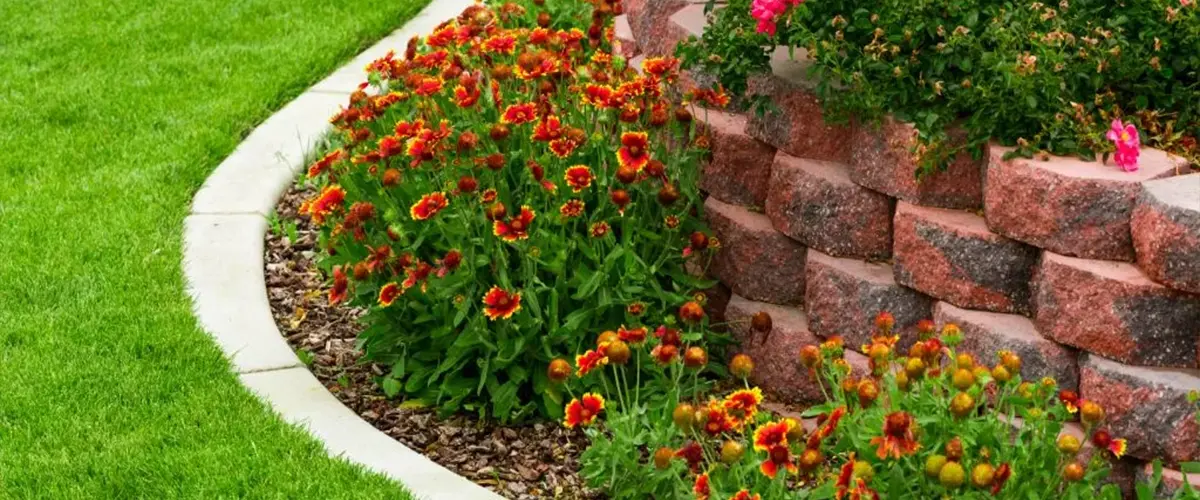
Rolling hills, beautiful mountainsides, and seasonal flora attract visitors to Ohio each year. However, you can also have a manicured, manageable, and healthy piece of the hills right in your yard! These perennial Ohio-native plants can brighten your garden and beautify your home naturally.
These nine plants are not only beautiful, but they have some wonderful benefits, too! Consider which Ohio planting season would best suit your blooms and plan accordingly. These stunning perennials will bloom from spring through fall, so stagger them in your garden to always have beautiful flowers.
Tips For Ohio Gardeners
Planting native species creates a better environment for you and your local wildlife. Some non-native plants can mess with the local ecosystem and worsen your allergies from unfamiliar pollen. Entice bees and butterflies to your yard with this local species of perennials.
Each plant has its maintenance requirements. You won’t have to pay as much money to maintain Ohio native plants compared to other plants. Still, they have acclimated to Ohio’s climate and won’t need excessively special treatment or hefty fertilizers. Also, many Ohio plants tend to be more deer resistant due to their adaptive natures.
Keep this in mind when choosing your garden plants!
Nine Ohio-Native Plants You Should Try
1. Blue Vervain (Verbena Hastata)
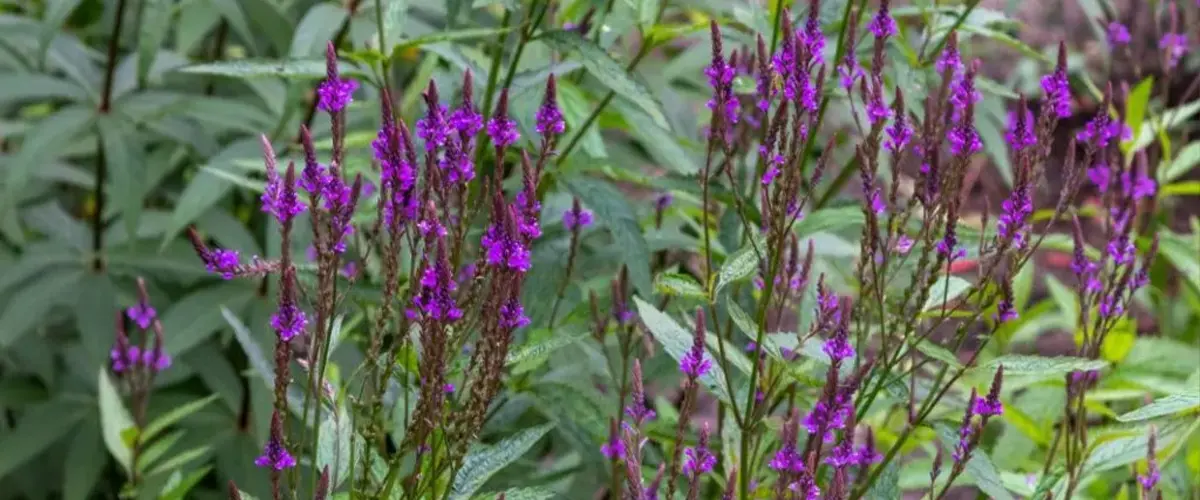
Blue vervains grow skirts of flower petals around their slender and soft seed spikes, attracting hummingbirds, bees, and songbirds alike. Historically, they have been used in different medicines! Nowadays, they’re still beautiful and smell wonderful in their June through September blooming period.
- Size: 2 to 6 feet tall; 4 to 6 feet wide
- Sun: Full, 6 to 8 hours daily
- Soil: 45 to 60%, or Average to Moist
2. Butterfly Weed (Asclepias Tuberosa)
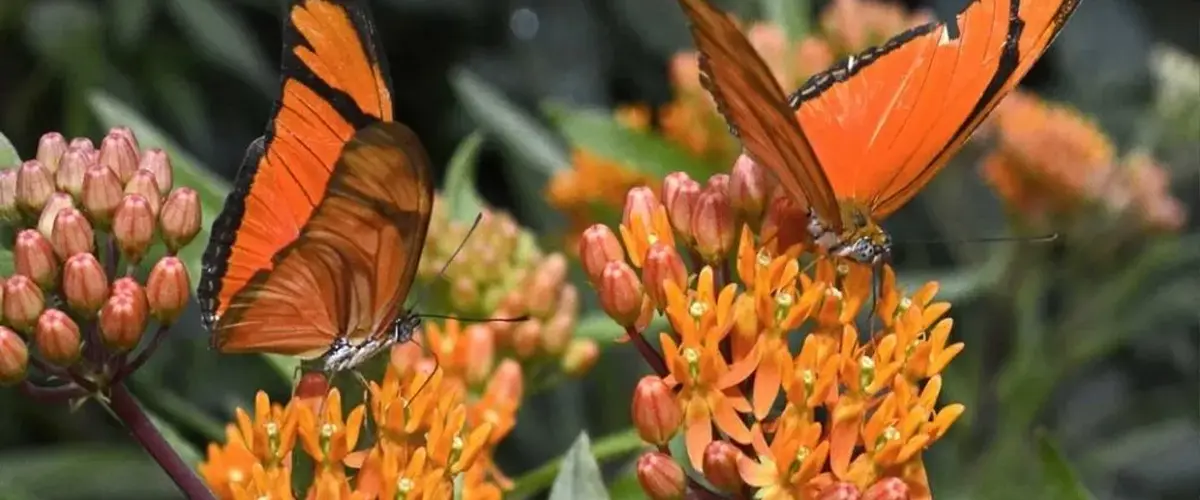
Butterfly weed’s vibrant orange petals attract many pollinators. Several species of bees and butterflies love hanging out during their June to August blooming period. Afterward, the flowers become little seed pods that float away in the autumn winds! These flowers are also very resilient and work great for front garden displays!
- Size: 1 to 3 feet tall; 1 to 1½ feet wide
- Sun: Full, 6 to 8 hours daily
- Soil: 21 to 45%, or Average to Dry
3. Culver’s Root (Veronicastrum Virginicum)
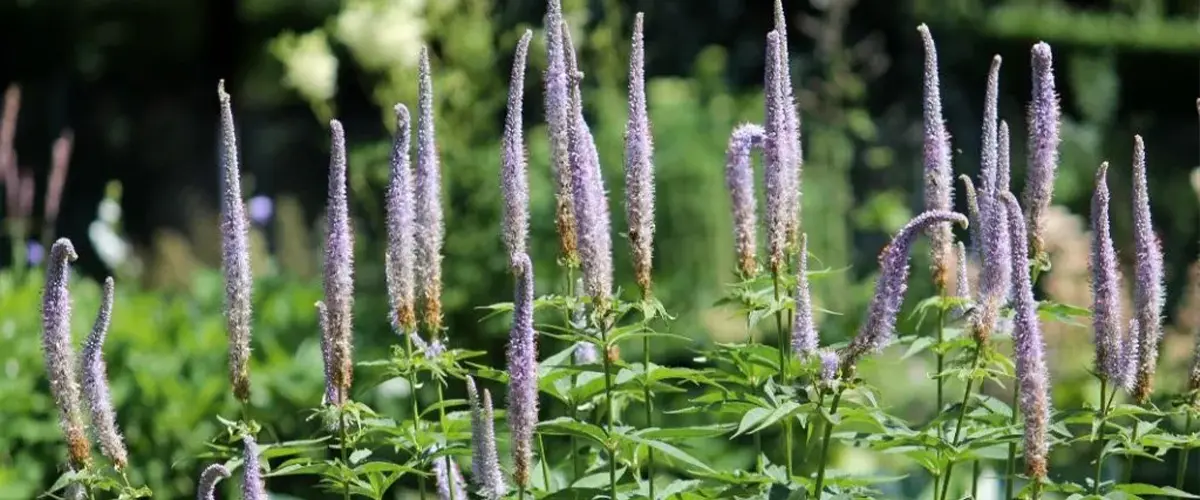
- Size: 4 to 7 feet tall; 2 to 4 feet wide
- Sun: Full to Partial, 4 to 8 hours daily
- Soil: 45 to 60%, or Average to Moist
4. Blazing Star (Liatris Spicata)
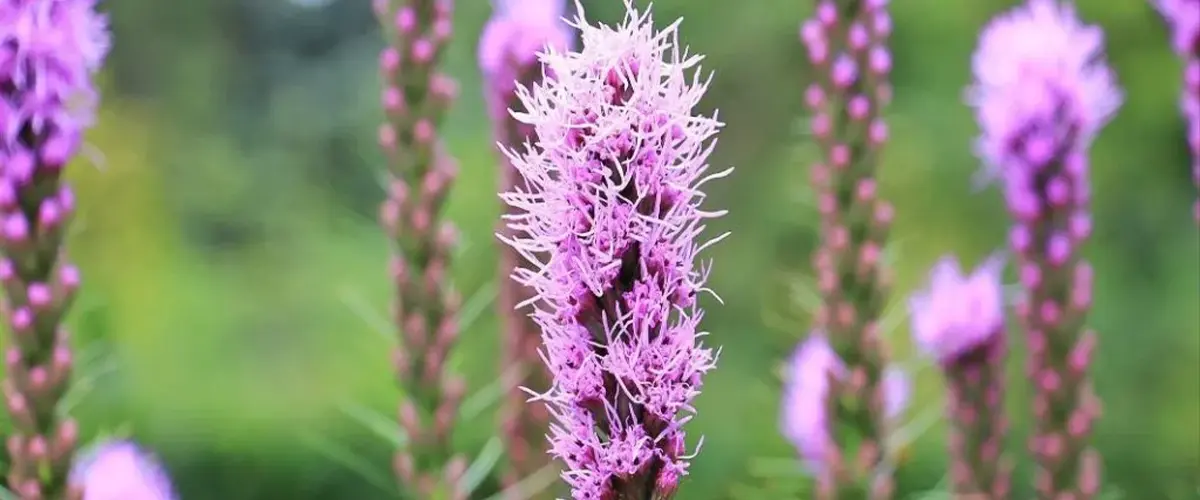
- Size: 3 to 6 feet tall; 3 inches to 1 foot, 6 inches wide
- Sun: Full to Partial, 4 to 8 hours daily
- Soil: Around 45%, or Average
5. Goldenrod (Solidago Ohioensis)
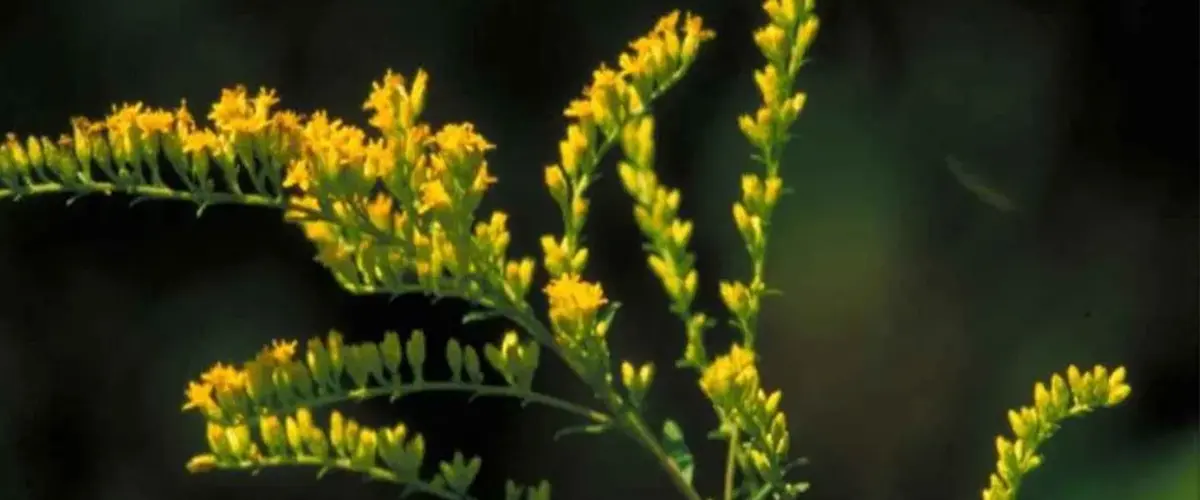
- Size: 2 to 4 feet tall; 2 to 4 feet wide
- Sun: Full, 6 to 8 hours daily
- Soil: Around 45%, or Average
6. Obedient Plant (Physostegia Virginiana)

- Size: 3 to 4 feet tall, 2 to 3 feet wide
- Sun: Full, 6 to 8 hours daily
- Soil: 45 to 60%, or Average to Moist
7. Wild Bergamot (Monarda Fistulosa)
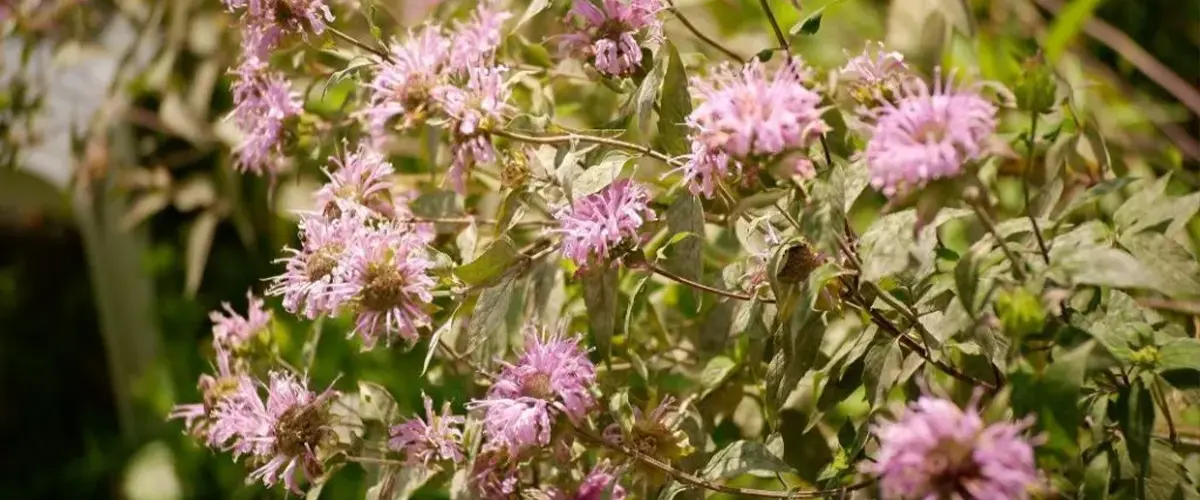
- Size: 2 to 4 feet tall; 1½ to 2 feet wide
- Sun: Full to Partial, 4 to 8 hours daily
- Soil: 21 to 45%, or Average to Dry
8. Wood Poppy (Stylophorum Diphyllum)
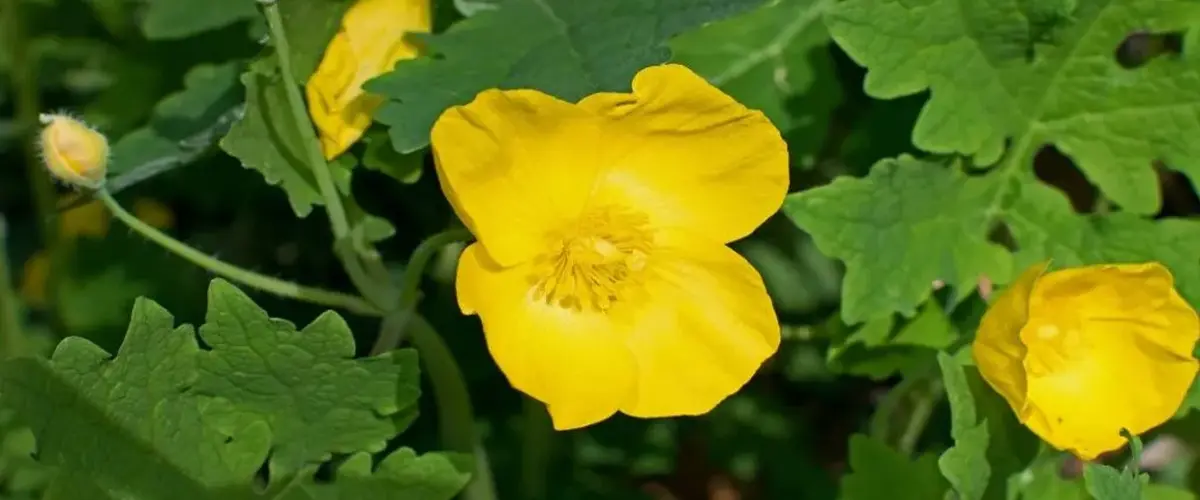
- Size: 1 to 2 feet tall, 2 to 4 feet wide
- Sun: Partial, 4 to 6 hours daily
- Soil: Around 45%, or Average
9. Yellow Trout Lily (Erythronium Americanum)
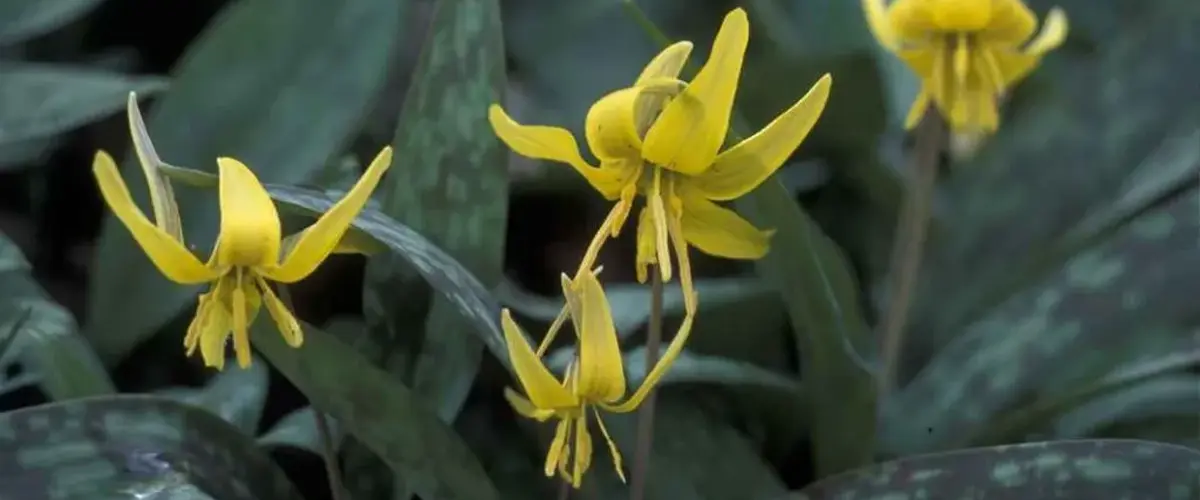
- Size: 4 to 6 inches tall; 4 to 6 inches wide
- Sun: Shade, 4 hours daily
- Soil: 45 to 60%, or Average to Moist
Unsure About Planting These Yourself?
Receive the Williams County botanical help you need with Farrell’s Lawn & Garden Center. We’ve worked with Ohio-native plants and other state-native species since 1978. Our knowledge of garden maintenance requirements will have your flowers blooming more vibrantly than ever.
Fill out our contact form today for your hassle-free quote.
